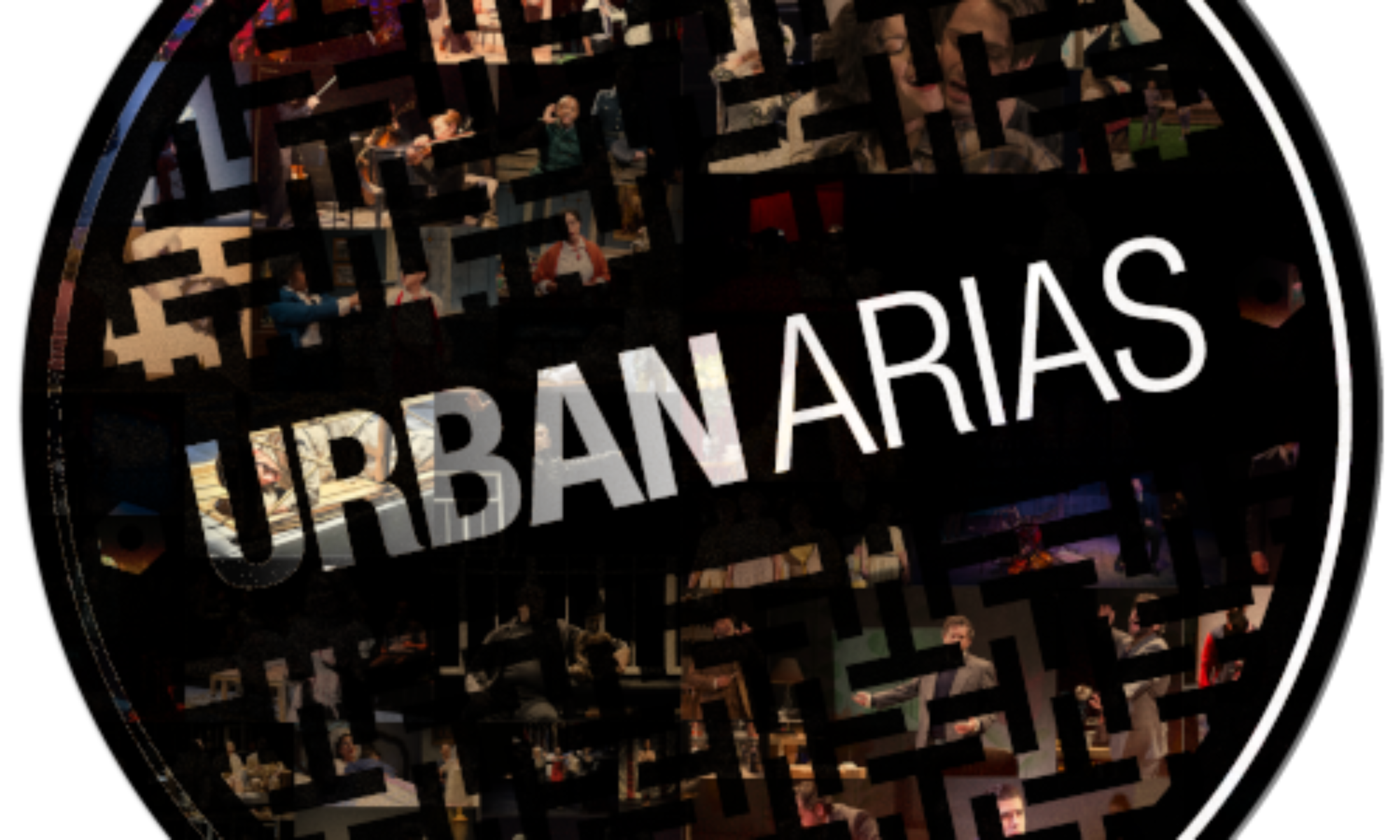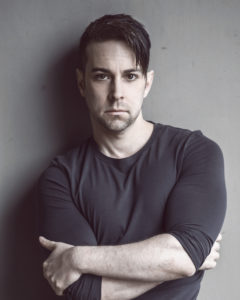Director and libretist John de los Santos and composer Marc Migó collaborated to create The Roost. John’s steady vision and Marc’s gorgeous music really gives buoyancy to the inner worlds of the characters while clearly propelling a taut and sexy storyline. The two discuss collaboration, working with old friends and staying inspired in quarantine.
How did you two come to write The Roost? What spoke to you about the project?
John: Bob Wood first contacted me about writing a piece for the Decameron Opera Coalition in May. He had produced another piece of mine called Service Provider in 2017, and wanted to see if I could write and direct another operatic comedy about the difficulties of modern quarantining. I had worked with composer Marc Migó at Juilliard the previous year, and thought he would be an excellent partner in this new collaboration. I’m happy to say that despite the difficult times we are in, working on The Roost has been a career highlight that I will never forget.
Marc: My good friend and librettist John de los Santos suggested the idea to me, and I found it really appealing! Not only did it present a rare opportunity of working on a commission during the pandemic, but the subject of the Decameron that John chose was irresistible. I don’t know what I would do if I could not create, especially in the context we are living in. Working on The Roost allowed me to channel a much-needed optimism, a message of enduring love and understanding. Writing this work and collaborating with the librettist, conductor, singers, etc., was truly a therapeutic and unforgettable experience.
the idea to me, and I found it really appealing! Not only did it present a rare opportunity of working on a commission during the pandemic, but the subject of the Decameron that John chose was irresistible. I don’t know what I would do if I could not create, especially in the context we are living in. Working on The Roost allowed me to channel a much-needed optimism, a message of enduring love and understanding. Writing this work and collaborating with the librettist, conductor, singers, etc., was truly a therapeutic and unforgettable experience.
We love that sense of optimism, especially since the performing arts are taking such a beating. What’s it been like being an artist during a pandemic?
Marc: Technically speaking, quite the same; being a composer is quite a reclusive occupation per se. However, emotionally it has been very different, for obvious reasons.
John: It’s been disappointing in many areas, but has also presented challenges that have resulted in tremendous artistic growth. While many jobs have been lost or postponed, there have been several new connections made with other artists who are all dealing with the same uncertain situation. All of this unforeseen networking will undoubtedly yield a number of unique pieces to premiere once it’s safe to perform live again.
Describe your work on The Roost (without giving away too much!). What do you want the audience to gain from your choices or perspective?
John: When I began to write the libretto for The Roost, I set three goals. First, I had to find a story within the one hundred contained in the Decameron that would translate to a modern audience in a digital format. Next, I needed to create comic potential in not just the narrative, but equally in the capacity for the music. And finally, I wanted to touch on the interesting relationships COVID has forged within our politically divided country. Whichever side we are on, we must ultimately rely on and work with each other to beat this pandemic and rebuild.
Marc: In this very unusual and troubling time, I wanted to provide the chance for the audience to laugh, to feel accompanied by some very relatable characters, and to experience the terribly missed “being outside” feeling. I think of The Roost as a nurturing experience, a chance to cleanse our distress through the beauty of music, along with the wit and warmth of the story.
We’re grateful the two of you had worked together previously! Do you know any artists in either The Roost or the other nine Decameron Opera Coalition companies?
Marc: I know very well John de los Santos, the wonderful librettist for the Roost! I have been very lucky to get to know him during my first year of Doctorate at Juilliard. I feel we immediately connected, and I hope this will be the first of a series of fertile collaborations!
John: I had directed Sharin Apostolou in three productions prior to The Roost, and was friends with her husband, Ryan MacPherson. The most interesting thing was staging intimate scenes for a husband and wife team, while we were all masked and trying to remain as distanced as possible. I’ve also directed Katie Henley (The Sky Where You Are, An Opera Theatre) and Briana Elyse Hunter (The Late Walk, Bare Opera), and worked with conductor Eiki Isomura (Seven Spells, Opera in the Heights.)
Was this your first opera-as-film project? What was it like?
Marc: It definitely was! However, the only way it has been different from other operatic projects I have undertaken is in having to work with a very visual libretto, which in the end is quite a subtle difference. I believe the score must incorporate all essential stage directions, so that music and image really go hand by hand.
John: This was the first time I had written and directed an opera for film. The turnaround for the entire project was very quick, so we all had to learn as we went and trust that our expertise in performing and producing opera would carry the process. Our amazing team of sound engineer Gordon Nimmo-Smith and film editor Tom Rubeck was essential in navigating the learning curve. The trickiest parts were synching the recording with the singers’ lips and filming outdoors in the cold without shivering on camera. The best parts were laughing with the cast and crew at all the bloopers and getting to film for a week in beautiful Charlottesville.
Get your tickets for The Roost here and join us on October 16 for the premiere!
Tales From A Safe Distance will be available on-demand until December 31.


